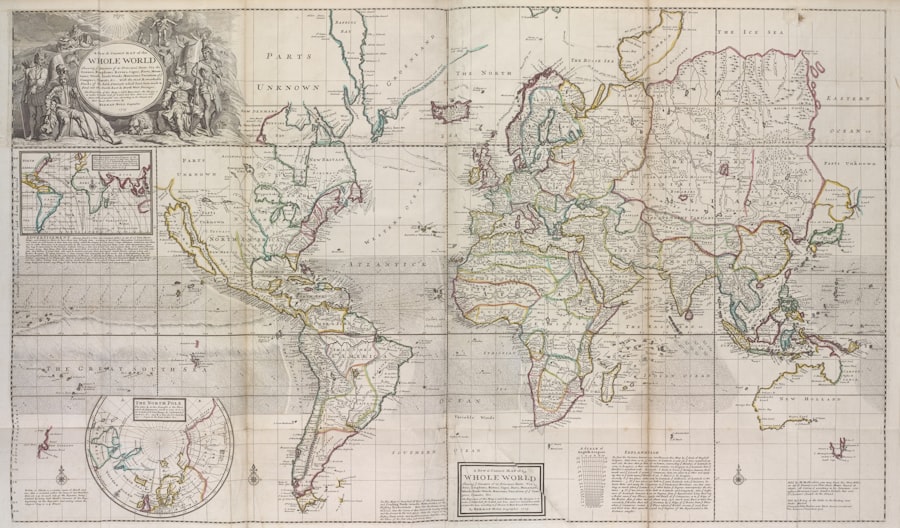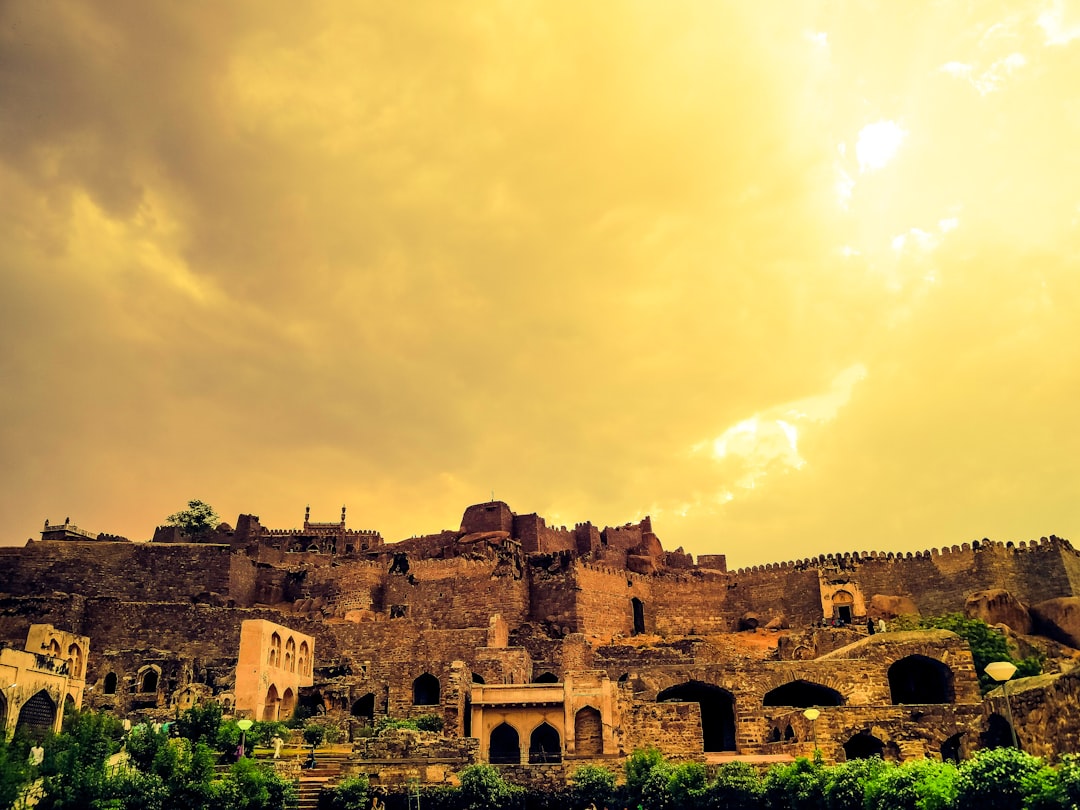The term “Mahajanapadas” refers to the sixteen great realms that flourished in ancient India during the 6th century BCE to the 4th century BCE. These regions were significant in shaping the socio-political landscape of early Indian civilization. The Mahajanapadas were not merely geographical entities; they represented a complex tapestry of cultures, economies, and political systems that laid the groundwork for subsequent empires and kingdoms in the Indian subcontinent.
The emergence of these states marked a pivotal transition from tribal societies to more organized forms of governance, characterized by urbanization, trade, and the establishment of formal political institutions. The Mahajanapadas were diverse in their characteristics, encompassing a variety of social structures, religious beliefs, and economic practices.
The significance of these realms extends beyond their historical context; they provide valuable insights into the evolution of governance, social stratification, and economic development in ancient India. Understanding the Mahajanapadas is crucial for comprehending the roots of Indian civilization and the factors that contributed to its rich cultural heritage.
Key Takeaways
- Mahajanapadas were ancient Indian kingdoms that emerged around 600 BCE and played a crucial role in shaping the political landscape of the Indian subcontinent.
- The Mahajanapadas were located in the fertile regions of the Ganges River basin, which provided them with abundant natural resources and favorable agricultural conditions.
- The political structure of Mahajanapadas was characterized by the presence of powerful kings who ruled over a network of cities and villages, and were supported by a council of ministers and a well-organized bureaucracy.
- The Mahajanapadas were important centers of trade and commerce, and their economic prosperity was based on agriculture, trade, and craft production.
- Interactions and conflicts among the Mahajanapadas were common, as they competed for territorial expansion, resources, and political dominance, leading to frequent wars and alliances. The legacy of Mahajanapadas includes their influence on the subsequent development of Indian political and cultural traditions, as well as their role in shaping the early history of the Indian subcontinent.
Geographic Features of Mahajanapadas
Location and Agricultural Opportunities
These realms were primarily located in the northern part of the Indian subcontinent, encompassing present-day states such as Bihar, Uttar Pradesh, and parts of Madhya Pradesh and Rajasthan. The fertile plains of the Ganges River were particularly significant, as they provided ample agricultural opportunities that supported large populations.
Geographic Diversity and Its Impact
In addition to fertile plains, the Mahajanapadas also included regions with diverse geographic features such as forests, hills, and deserts. For instance, the Mahajanapada of Magadha was strategically located near the Ganges River and was known for its rich resources and agricultural productivity. In contrast, regions like Avanti, located in present-day Madhya Pradesh, were characterized by hilly terrains that influenced their trade routes and interactions with neighboring states.
Shaping Economies, Military Strategies, and Political Alliances
The geographic diversity among the Mahajanapadas not only shaped their economies but also affected their military strategies and political alliances. The river’s annual flooding enriched the soil, making it one of the most productive agricultural regions in ancient India.
Political Structure of Mahajanapadas

The political structure of the Mahajanapadas varied significantly from one realm to another, reflecting a range of governance models that evolved over time. Some Mahajanapadas were ruled by monarchies, where kings wielded considerable power and authority. For example, the kingdom of Magadha was known for its powerful rulers like Bimbisara and Ajatashatru, who expanded their territories through military conquests and strategic alliances.
These monarchies often relied on a council of ministers or advisors to assist in governance, indicating an early form of bureaucratic administration. On the other hand, some Mahajanapadas operated as republics or oligarchies, where power was shared among a group of elites or representatives. The Licchavis of Vaishali are a notable example of such a political structure.
They practiced a form of governance that allowed for greater participation from various social classes, reflecting an early democratic ethos. This diversity in political organization among the Mahajanapadas illustrates the complexity of governance during this period and highlights how different systems coexisted and influenced one another.
Economic Importance of Mahajanapadas
The economic significance of the Mahajanapadas cannot be overstated, as they were centers of trade, agriculture, and craftsmanship. The fertile lands surrounding the Ganges River facilitated extensive agricultural production, which formed the backbone of their economies. Crops such as rice, wheat, barley, and pulses were cultivated in abundance, supporting large populations and enabling trade with neighboring regions.
The surplus agricultural output allowed for specialization in various crafts and trades, leading to the emergence of urban centers. Trade routes connecting different Mahajanapadas facilitated economic interactions and cultural exchanges. Major trade routes traversed through these realms, linking them to distant regions such as Central Asia and the Mediterranean.
Goods such as textiles, spices, metals, and precious stones were exchanged along these routes. The city of Pataliputra (modern-day Patna), for instance, became a bustling hub for commerce due to its strategic location at the confluence of major trade routes. The economic prosperity generated by trade not only enriched individual Mahajanapadas but also contributed to the overall development of ancient Indian civilization.
Interactions and Conflicts among Mahajanapadas
The interactions among the Mahajanapadas were marked by both cooperation and conflict. As these realms expanded their territories and sought to assert dominance over one another, military confrontations became common. The competition for resources, trade routes, and strategic locations often led to wars that reshaped the political landscape.
For instance, the rivalry between Magadha and its neighboring states like Kosala and Vatsa resulted in numerous battles that ultimately established Magadha as a dominant power in northern India. However, not all interactions were hostile; there were also instances of alliances and diplomatic negotiations among the Mahajanapadas. Marriages between royal families were often used as strategic tools to forge alliances and ensure peace between rival states.
Additionally, cultural exchanges occurred through trade and travel, leading to a blending of ideas and practices across different regions. The spread of Buddhism during this period is a prime example of how interactions among Mahajanapadas facilitated the dissemination of religious beliefs and philosophies that would later shape Indian culture.
Legacy of Mahajanapadas

The legacy of the Mahajanapadas is profound and enduring, influencing subsequent political structures, cultural practices, and economic systems in India.
The concept of governance evolved from tribal affiliations to more centralized forms of authority that incorporated bureaucratic elements—a trend that would continue throughout Indian history.
Culturally, the Mahajanapadas contributed significantly to the development of art, literature, and philosophy in ancient India. The flourishing urban centers became melting pots of diverse cultures where ideas were exchanged freely. The rise of philosophical schools during this period can be traced back to the intellectual environment fostered by these interactions.
Furthermore, many religious movements that emerged during this time—most notably Buddhism—found their roots in the socio-political milieu created by the Mahajanapadas. In summary, the Mahajanapadas represent a critical phase in Indian history characterized by significant political evolution, economic development, and cultural exchange. Their influence can still be felt today as they laid foundational elements for future civilizations in India.
Understanding this era provides valuable insights into how ancient societies functioned and interacted with one another, shaping the trajectory of Indian history for centuries to come.
If you are interested in learning more about the concept of rasa in Indian aesthetics, check out this insightful article here. Understanding the significance of rasa can provide a deeper appreciation for the arts and culture of ancient India, much like how studying the Mahajanapadas sheds light on the geography and politics of the region.
FAQs
What were the Mahajanapadas?
The Mahajanapadas were ancient kingdoms or republics in the Indian subcontinent during the 6th to 4th centuries BCE.
How many Mahajanapadas were there?
There were 16 Mahajanapadas, which were the dominant political entities in ancient India.
What was the geography of the Mahajanapadas?
The Mahajanapadas were spread across the northern and eastern parts of the Indian subcontinent, covering present-day India, Nepal, and Bangladesh.
What were the political structures of the Mahajanapadas?
The Mahajanapadas had various forms of political organization, including monarchies, oligarchies, and republics. Some were ruled by kings, while others were governed by assemblies of nobles.
What were the major Mahajanapadas?
The major Mahajanapadas included Magadha, Kosala, Vajji, Avanti, and Kuru. These were among the most powerful and influential of the ancient Indian kingdoms.
What were the main economic activities of the Mahajanapadas?
The Mahajanapadas were primarily agrarian societies, with agriculture being the main economic activity. They also engaged in trade and commerce, particularly along the Ganges River and its tributaries.






















+ There are no comments
Add yours